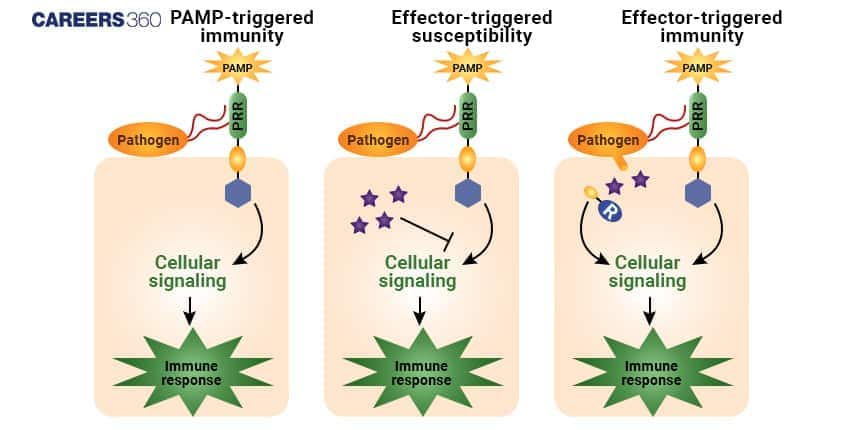Innate Immunity: Definition, Types, Examples, Treatment, Symptoms
Immunity refers to the body's ability to fight against harmful pathogens and protect itself from diseases. Our immune system is divided into two types, innate and adaptive immunity. Innate immunity is the body's first line of defense, which is present from birth and acts immediately against any foreign invaders. It includes physical barriers like skin, mucous membranes, and various immune cells. This concept is an important part of immunology, a branch of biology that deals with the immune system and its responses.
This Story also Contains
- What is Innate Immunity?
- Components of the Innate Immune System
- How Innate Immunity Works?
- Evolution of Innate Immunity
- Symptoms Of Immune Dysfunction
- Immunology Techniques
- MCQs on Innate Immunity
- Innate Immunity Concept Video
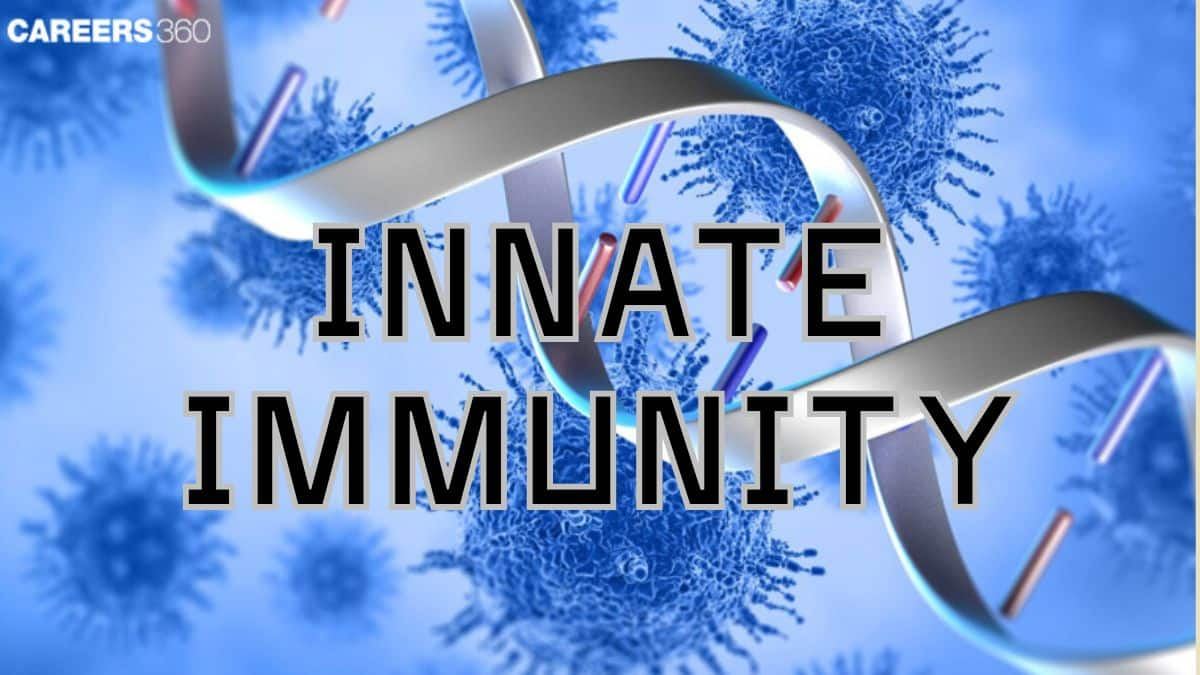
Innate immunity helps protect the body from a wide range of infections including viral diseases, bacterial diseases, and other disease-causing microbes. It also plays a vital role in preventing common infections from becoming acute and chronic diseases. Understanding innate immunity provides a foundation for learning more complex topics such as how the body generates specific responses to different antigens.
What is Innate Immunity?
Innate immunity, or the first line of defence comprises physiological processes that act in conjunction to protect the body from foreign pathogens. They include physical barriers, immune cells, and recognition and response mechanisms that enable them to identify and destroy any threat as soon as it is detected. The defence system of our body is able to react to many different types of germs which cause disease and are not the same as our own body cells' DNA sequence (i.e., bacteria, viruses, fungi, and parasites). An important part concerning these defences is that immune system cells like neutrophils or macrophages act like guards in finding potential dangers within an organism.
Components of the Innate Immune System
The innate immune system consists of various physical, chemical, and cellular barriers that act against pathogens. These components work together to recognize and eliminate microbes before they can cause infection. Understanding these components helps us see how the body naturally resists diseases without needing prior exposure.
Physical and Chemical Barriers
Skin and Mucous Membranes: The entry of pathogens into the body is repelled by the impenetrable barrier offered by the protective layers in the skin. While the respiratory, digestive, and genitourinary tracts, have mucous membranes which act as a barrier made up of cells that trap and remove invaders.
Chemical Barriers: Chemical defences complement physical barriers and add an extra layer of protection against pathogens. Stomach acid provides an unsuitable acidic atmosphere for a large number of microbes, while enzymes found in saliva as well as antimicrobial peptides from different body secretions suppress growth and development of pathogens.
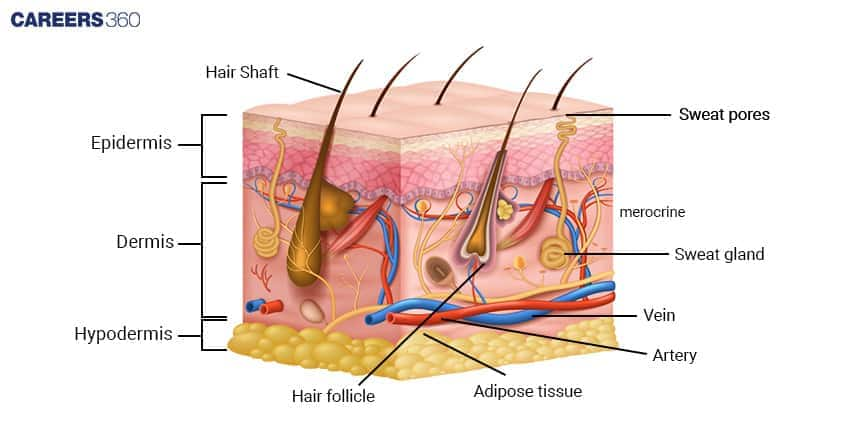
Biological Barrier
Microbiota: The microbiota is a group of helpful microbes that live in and on our bodies and act as a natural barrier against harmful pathogens. One of the most important types is the gut microbiota, which helps in digestion, absorbs nutrients, supports the immune system, and protects us from harmful bacteria like Salmonella typhimurium. They protect by producing antimicrobial substances and by preventing harmful microbes from growing.
Example: The mutualistic association between the host and the gut microbiota should be taken into consideration. The gut microbiota is known to be involved in the control of immunity, which enhances the ability of the host to resist various infections that may affect the body.
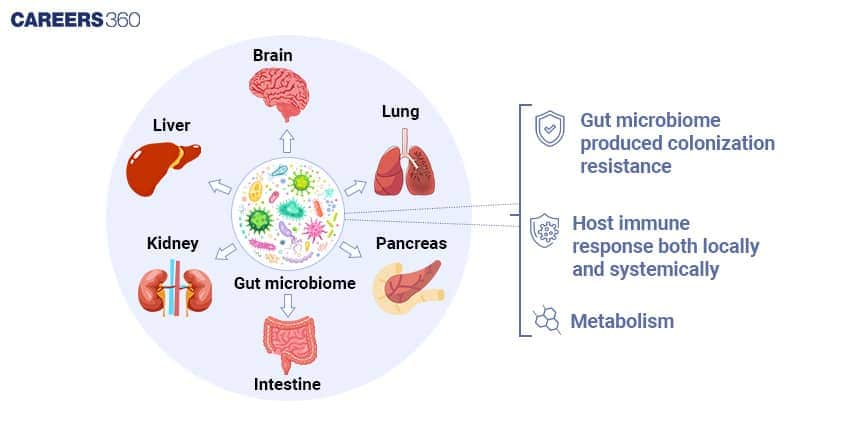
Blood Proteins
Complement System: The complement system entails several proteins that combine to get rid of harmful microorganisms through activities like membrane lysis, and opsonisation, as well as inflammatory responses.
Cytokines: All these molecules are responsible for influencing immune responses, formation of different components of blood and inflammatory processes, which end up fine-tuning this mechanism and thereby protecting humans from harmful unicellular bodies.
Table: Blood protein and functions
Blood Protein | Function |
Complement Proteins | Assist in pathogen destruction by opsonization and lysis |
Cytokines | Regulate immune responses, inflammation, and hematopoiesis |
Coagulation Factors | Facilitate blood coagulation and limit pathogen spread |
Immunoglobulins | Bind to pathogens, neutralize toxins, and activate complement |
Acute Phase Proteins | Regulate inflammation and promote tissue repair |
Interferons | Activate antiviral responses and inhibit viral replication |
Cellular Defences
Phagocytic cells: Neutrophils, macrophages, and dendritic cells are like first responders for the immune system. They are responsible for destroying harmful microorganisms through phagocytosis or other ways that kill germs.
Natural Killer (NK) Cells: Our bodies benefit from the ability to locate and eliminate cells that have turned cancerous or gotten infected. Hence, it keeps them free from germs or parasites within and shields the body from viral infection that might occur within a cell.
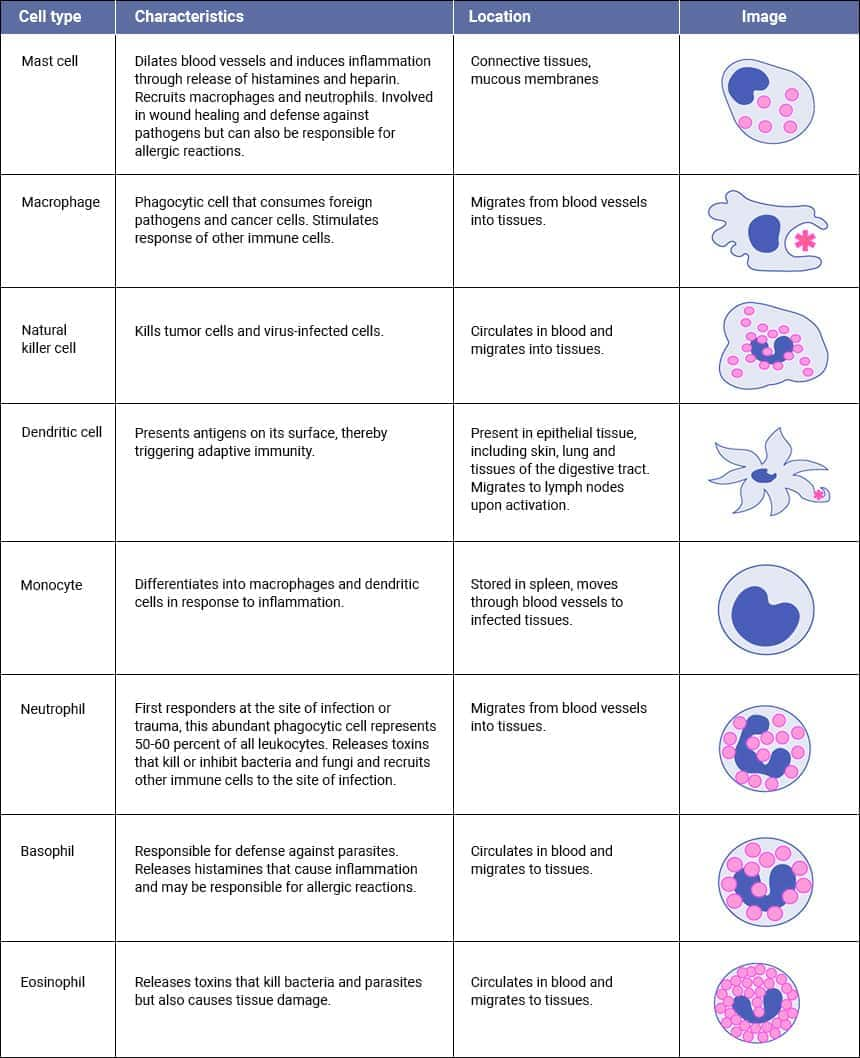
Molecular Mechanisms
Complement System: One mechanism involves puncturing the membranes of pathogens, rendering them susceptible to lysis and elimination. It acts as a potent arm of innate immunity, comprising those groups of proteins, it helps in the destruction of pathogens using various means.
Inflammatory Response: Several stages make up this dynamic process, such as the release of inflammatory mediators, increased blood flow to the affected area and recruitment of immune cells to the site of infection. Apart from helping to get rid of pathogens, inflammation also helps with tissue repair and regeneration.
Recognition Mechanisms
Pattern Recognition Receptors (PRRs): PRRs are specialised receptors that detect pathogen-associated molecular patterns and thus allow the immune system to distinguish between self and non-self. Detecting PAMPs causes PRRs to trigger immune responses, which initiate defence mechanisms in the body against attacking pathogens.
Mechanisms of Detection: Upon detecting PAMPs, PRRs trigger immune responses via diverse and intricate mechanisms. Signal transduction pathways spanning these mechanisms activate immune cells that produce cytokines, chemokines and other inflammation and immune defence mediators.
Inflammatory Response
Definition: Inflammation is the body's way of responding naturally to injury or infection. It is characterised by redness, heat, swelling, and pain. The inflammatory response aims at containing infections, destroying infective agents and supporting tissue healing, controlled by different immune cells together with their associated molecules.
Steps in the Process: The immune response against infection develops in a sequence. This starts when the immune system identifies the invaders, and then signalling molecules called cytokines and chemokines are released. Resulting in redness and heat. Based on the location of the infection, this causes increased blood flow dripping. This also recruits immune cells like neutrophils as well as macrophages to the trait of infection.
Function: The role of inflammatory response is, protecting other tissues as well as organs from infections by restricting infection within certain areas. It helps in rebuilding tissues when they have been damaged enabling one to get better after being hurt by germs or viruses.
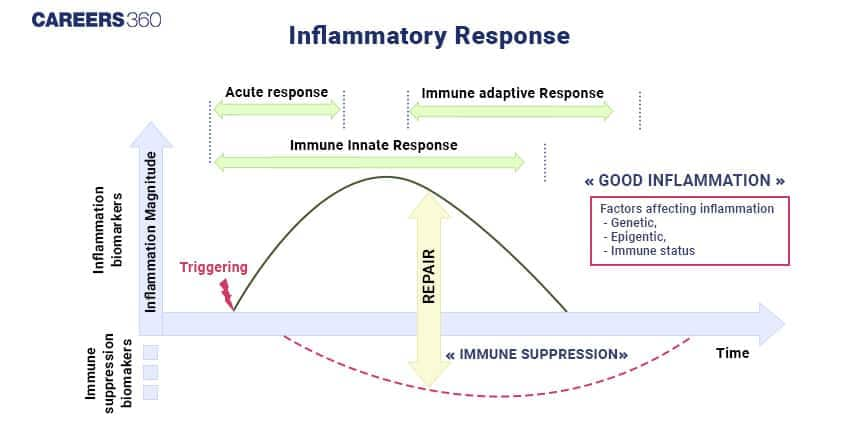
How Innate Immunity Works?
To understand innate immunity, we need to look at how our body’s natural or inherited defense system works. It is interesting how the body quickly responds to any foreign substance that tries to harm it. This first line of defense acts fast and continues to protect the body until the adaptive immunity takes over.
Immediate Response
Within hours of being exposed to a pathogen, the body's innate immune system works by mounting an immediate and unselective defence. Phagocytic cells, such as neutrophils and macrophages, quickly overcome pathogens that come into organisms so that they can not be transferred from one part of our bodies to another. This is the starting point for all other defensive mechanisms which must be in place to stop pathogens from entering tissues.
Coordination with Adaptive Immunity
Dendritic cells are special immune cells that act like warriors and form a link between the body’s non-specific and specific defence systems. When they come across harmful microbes, they collect parts of them and move to pass this information to B cells or T cells. This helps the immune system create a targeted response, where adaptive cells fight specific infections more effectively.
Evolution of Innate Immunity
Moving through time as we go back to understand what has been happening in life since its start, we discover so much about where we have come from over millions of years of our existence. Let’s take an ancestral view of our body's defence system. It will enable us to compare how similar or different various other animals’ immune system processes are among themselves and to represent this change using a tree-like structure.
Historical Perspective
In early life, simple organisms depend on ineffective defence mechanisms for fighting against bacteria and viruses to give rise to innate immunity. From single-celled creatures to numerous invertebrate animals, the concept of innate immunity came into existence and it served as a fundamental way to stay alive by protecting them urgently against any disease-causing agents. The beginning is from the creation of some specific cells that can fight against specific threats up to molecular ways that are great in evolution turning point of archaic immunity to vertebrates (innate immunity) as a whole.
Conservation of Mechanisms
The core immune system abilities stay unchanged regardless of the species, thereby stressing the importance of innate immunity in protecting the health of an organism. The drive to progress has fashioned defenses against diseases that allow organisms to cope with new environmental stresses. This helps maintain certain vital parts like pattern recognisers, phagocytes, and molecules that provoke inflammation. These are indeed proof enough that natural immunity is essential in all creatures.
Symptoms Of Immune Dysfunction
When the immune system does not work properly, it can lead to various health problems. A weak or overactive immune system may fail to protect the body from infections or may start attacking its own healthy cells. Recognizing the signs of immune dysfunction is important for early diagnosis and treatment. Below are some common symptoms that may indicate problems in the immune system.
Common Disorders
The proactive care of human beings needs to be aware of what can be considered an immunity problem since symptoms help diagnose diseases. Feverishness, red colouration or inflammation are a few common signs seen in patients that indicate they may be suffering from autoimmunity problems/or immune-deficient conditions, with chronic inflammation disorder-related illnesses like AIDS or even cancer being some examples.
Symptoms and Signs
To manage healthcare in advance, it is necessary to understand the typical signs of immune system dysfunction such as redness of body parts, swelling, rise in body temperature etc. These indicators are like alarms that tell someone to go to the hospital early enough when they appear.
Symptoms | Possible Conditions | Treatments |
Redness | Autoimmune diseases like rheumatoid arthritis | Anti-inflammatory medications |
Fever | Chronic inflammatory conditions like Crohn's disease | Lifestyle modifications |
Recurrent Infections | Primary immunodeficiency disorders | |
Fatigue | Chronic fatigue syndrome | Stress management techniques |
Immunology Techniques
Immunology techniques embody a wide range of procedures employed in diagnosing or researching the immunological processes to determine their complexity. Delve into these techniques by pointing out why they are important for innate immunity.
Diagnostic Tools
Blood tests
In the diagnosis of different immune-mediated ailments and determining how well one’s natural immune response is working, blood tests are pivotal. They can gauge the amount of immunity-related blood substances like cytokines which signal an infection or inflammation in the body.
Biopsies
Biopsies, especially tissue exposed to immune responses tend to produce a lot more information, especially on the mechanism of inflammatory response. They may draw attention to the activities of the primary immune cells such as neutrophils and macrophages against infection or autoimmune illnesses.
Imaging Techniques
You can use imaging techniques such as MRI or CT scans to visualise the inflammation in tissues, which helps us appreciate the importance of physical barriers to immunity and the relocation of phagocytic cells at spots where there have been infections or damages.
Research Techniques
Flow Cytometry
Flow cytometry is used to analyse cells based on their physical and chemical characteristics. It is extensively used in the investigation of the composition and function of innate immune cells, for instance, neutrophils, macrophages, and natural killer cells. It helps with the distinctive elements of innate and adaptive immune responses.
ELISA (Enzyme-Linked Immunosorbent Assay)
ELISA is used to measure concentrations of distinct proteins, such as those engaged in the early, non-specific immune response. The measurement of levels of complement system proteins or cytokines is an important way to gain insight into the kinetics of inflammation and immune regulation.
CRISPR Technology
Contemporary immunological research benefits from CRISPR-based genetic editing in immune cells. Researchers can now use this technology to discover what role specific genes have in the detection of pathogens and the initiation of defence responses in a body, including invariantly expressed receptors (IRs) resembling pathogen-recognition receptors.
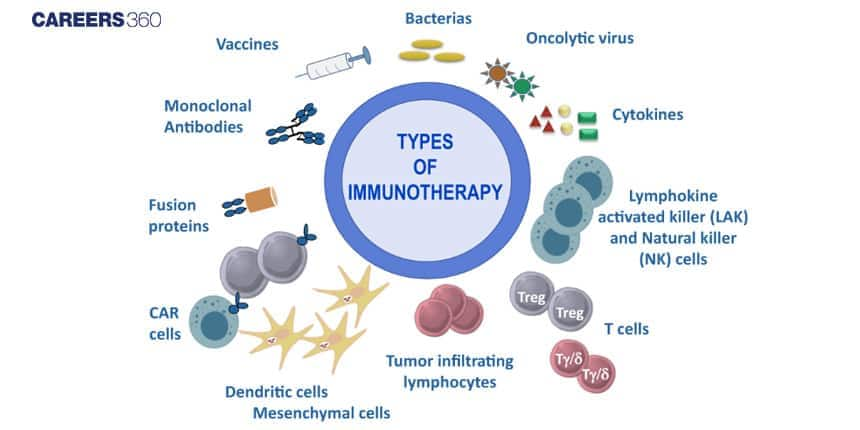
MCQs on Innate Immunity
Q1. Which one of the following acts as a physiological barrier to the entry of micro-organisms in the human body?
Epithelium of urogenital tract
Tears
Monocytes
Skin
Correct answer: 2) Tears
Explanation:
Acid in the stomach, saliva in the mouth, tears from eyes–all prevent microbial growth. Physiological barriers to the entry of microorganisms into the human body are tears in the eyes, saliva in the mouth and HCl in the stomach. The enzymes lysozymes are found in tears and saliva and inhibit the synthesis of peptidoglycan present in the cell wall of microorganisms, especially eubacteria. The skin secretes antimicrobial peptides that inhibit the growth of harmful microorganisms. Earwax in the auditory canal also acts as a protective barrier by trapping dust and microbes. These natural defenses work together with the immune system to protect against infections.
Hence, the correct answer is option 2) Tears.
Q2. The main barrier that prevents the entry of micro-organisms into our body is
Antibodies
Macrophages
Monocytes
Skin
Correct answer: 4) Skin
Explanation:
The host defence system or immune system is a highly integrated multifaceted system that responds to potentially mutated cells or harmful antigens. The first line of protection is provided by the non-specific defences.
Innate immunity or non-specific defences is provided by the 4 types of barriers that are :
Physical barrier – skin is the main barrier against pathogens entry. The mucus coating in the epithelial lining of the respiratory tract, urogenital tract, and gastrointestinal tract traps the foreign antigen.
Physiological barrier – it includes saliva in the mouth, tears from eyes, and acid in the stomach.
Cellular barrier – it includes some leukocytes such as polymorphonuclear leukocytes, natural killer cells, and monocytes present in the blood, and macrophages in the tissue destroy foreign microbes through the process of phagocytosis.
Cytokine barrier - proteins such as interleukin are released by the virus-infected cells to prevent other cells from infection.
Hence the correct answer is Option 4) Skin.
Q3. The injection given against the snake venom contains
Antigenic proteins
Preformed antibodies
Attenuated pathogen
All of these
Correct answer: 2) Preformed antibodies
Explanation:
In passive immunization, preformed antibodies are administered to give quick protection against diseases. For example, when patients are bitten by snakes, injections containing the specific antibodies for the snake venom are administered to these patients. These are short-lived but work well immediately because they do not require the body's production of antibodies. Passive immunity can also be through natural channels like mother to child, or artificially through medical science.
Hence, the correct answer is Option (2) Preformed antibodies.
Also Read:
Frequently Asked Questions (FAQs)
Q1. What is innate immunity?
Innate immunity is the body's natural, non-specific defense mechanism present from birth that protects against infections.
Q2. What are the 4 types of innate immunity?
The four types are physical barriers (like skin), chemical barriers (like stomach acid), cellular defenses (like phagocytes), and physiological responses (like fever).
Q3. What is innate and active immunity?
Innate immunity is present from birth and acts immediately, while active immunity develops after exposure to a pathogen or through vaccination.
Q4. What are the advantages of innate immunity?
It provides immediate defense, does not require prior exposure, and helps activate adaptive immunity.
Q5. Why is it called innate immunity?
It is called innate because it is present at birth and is a built-in part of the body's defense system.
Innate Immunity Concept Video
Frequently Asked Questions (FAQs)
Some types of white blood cells, such as neutrophils, monocytes, and natural killer cells, act as cellular obstacles by enveloping and killing; parasites and building up their defence system against infections.
The enhancement of the body's defence against infections is due to physiological barriers like stomach acid, saliva and tears, which inhibit microbial growth.
Cytokine barriers refer to an aspect of the immune response where, when they are infected with viruses, cells secrete proteins such as interferons that serve as protection against any further attack by viruses than what has already occurred while enhancing the natural ability to resist infections.
Innate immunity serves as a broad category of antibodies that are produced by the body at birth and provide a defence against other harmful organisms.
The skin of a person’s body is an absolute physical barrier to restrict the entrance of microorganisms that can harm the body.
